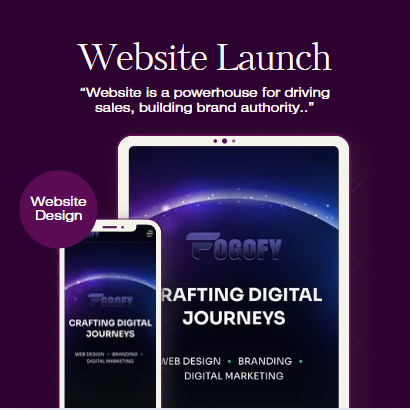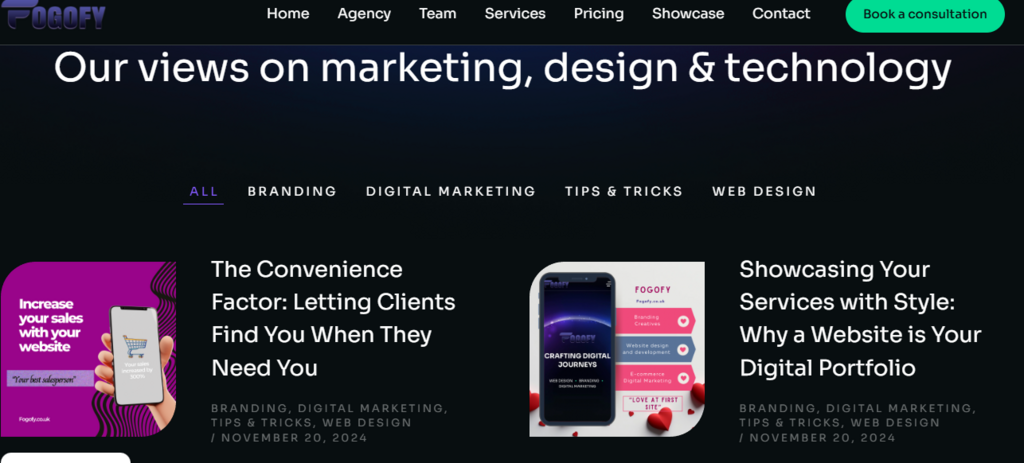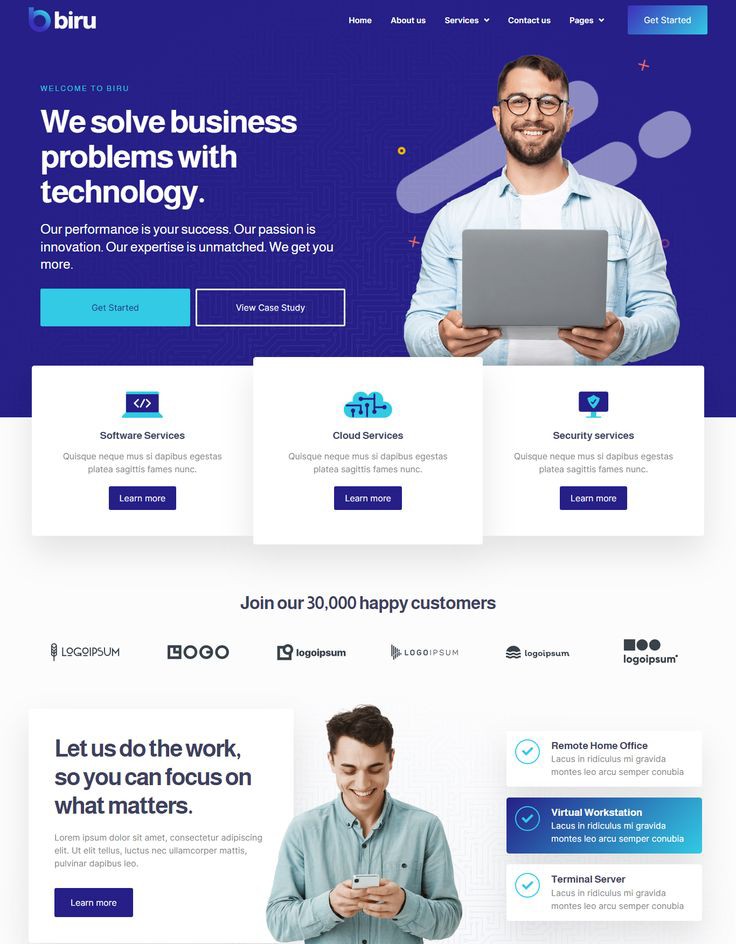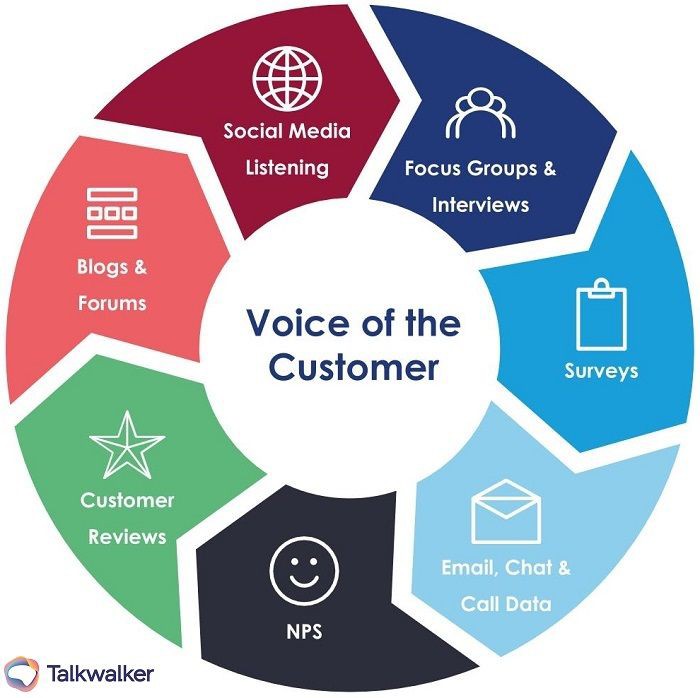A website isn’t just a digital placeholder for your business—it’s your powerhouse for driving sales, building brand authority, and engaging with your audience in meaningful ways. The power of a well-designed, optimized website is undeniable, and if you’re not harnessing its full potential, you’re leaving money on the table. So, let’s dive into how setting up a website with the right strategy can supercharge your sales and keep your audience engaged long after the initial visit.
Your Website: The Ultimate Sales Engine
Let’s start with the basics. Your website is your best salesperson, available 24/7 to pitch your services and close sales when you’re not around. Think about it: while you’re catching up on sleep, your website is working tirelessly to convert visitors into customers. It’s like having a team of experts selling for you, but without the overhead costs of hiring a sales force.
The secret lies in creating a seamless user experience that guides potential customers through their buying journey. From the moment they land on your homepage to the moment they click that “Buy Now” button, every aspect of your site should be crafted with the goal of making that sale. This is where conversion optimization techniques—like intuitive design, compelling CTAs (calls to action), and a clear value proposition—come into play.
Engagement is Key: Keeping Customers Coming Back for More
Once you’ve secured a sale, the next step is to keep your customers engaged. A website isn’t just for transactions; it’s an ongoing relationship-building tool. When done right, your site becomes a hub of valuable content that encourages repeat visits and long-term loyalty. Here’s how you can use your website to nurture relationships and keep your audience coming back for more:
Fresh Content and Updates
A blog, regularly updated product pages, and news sections help keep your website fresh and engaging. Every time your audience sees new content, they’re reminded of your expertise, your commitment to providing value, and the fact that you’re still active in your field.
Personalized User Experience
Personalized content can significantly increase engagement. Think of it as a tailored suit—just for them. Whether it’s personalized product recommendations, location-specific content, or tailored offers, your website can deliver a unique experience that feels catered to their needs, increasing the likelihood of them returning to make another purchase.
Interactive Features
Adding interactive elements like quizzes, polls, and surveys can transform a static website into an engaging experience. For instance, a quiz that helps visitors choose the right product for them can not only make them feel more involved but also drive sales. These features also give you valuable insights into your audience’s preferences and pain points.
SEO: The Behind-the-Scenes Hero Driving Engagement
When it comes to sales and engagement, visibility is everything. If your website isn’t showing up in search engine results, you’re missing out on organic traffic—the kind of traffic that comes from people actively searching for solutions that you provide.
SEO is where the magic happens behind the scenes. With the right SEO strategy, your website can attract visitors who are already interested in your products or services. That means you’re not wasting time and resources trying to convince random people to buy from you; you’re engaging with warm leads who are more likely to convert.

A good SEO strategy includes optimizing your website’s structure, content, and technical aspects so that search engines know exactly what you offer and who you serve. From keyword research to on-page SEO, the more optimized your website is, the more likely it is to show up in relevant search results, increasing the chances of attracting the right audience at the right time.
The Power of Social Proof: Leveraging Testimonials and Reviews
Social proof is one of the most powerful psychological triggers when it comes to sales. Simply put, people trust other people’s experiences. When potential customers visit your website and see glowing testimonials, positive reviews, and case studies, they feel reassured that your services or products are the real deal.
Incorporating user-generated content like reviews, ratings, and customer success stories not only adds credibility but also boosts engagement. When clients see that others have had great experiences, they’re more likely to interact with your business, try your products, and make a purchase.
Fogofy’s websites integrate social proof seamlessly into your design, ensuring that the positive feedback you’ve received doesn’t just stay in the inbox—it’s showcased front and center, creating a buzz that propels new customers toward conversion.
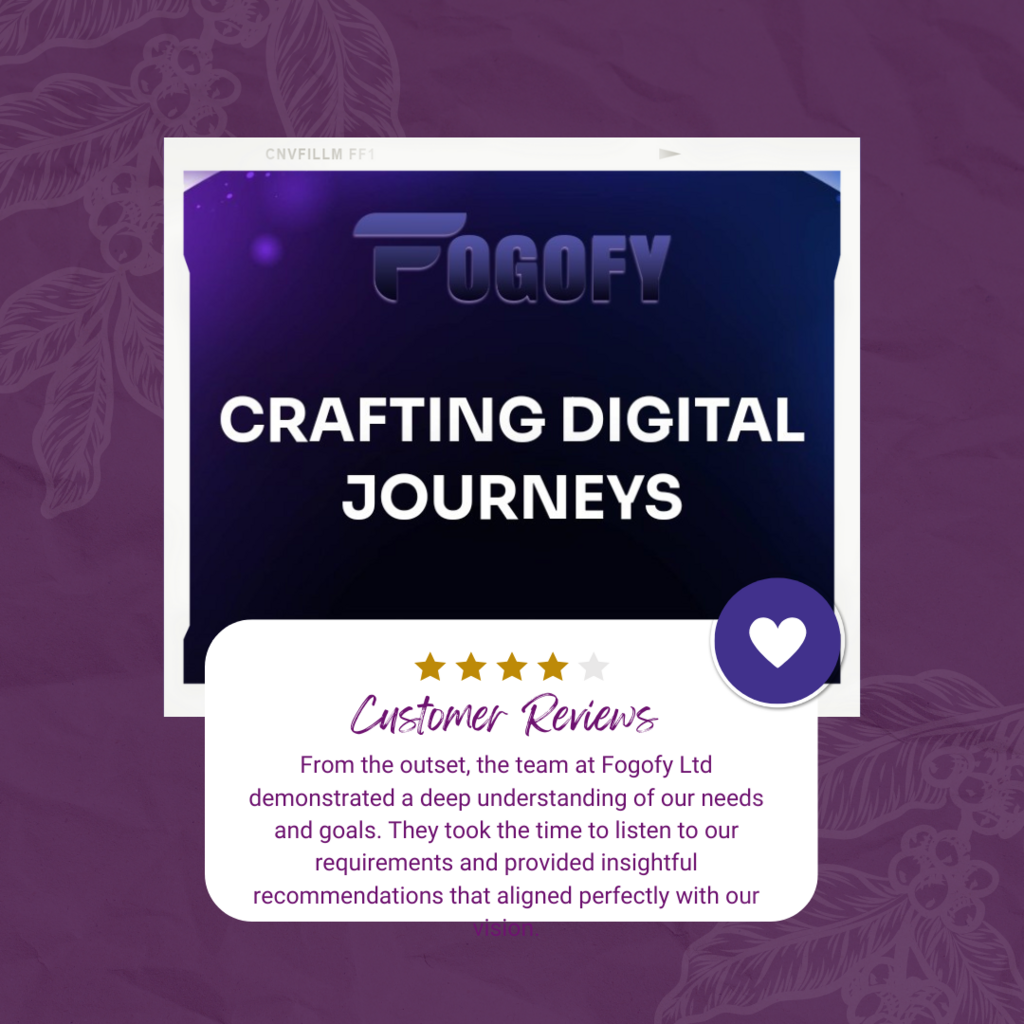
Customer-Centric Design: The Secret to Turning Visitors Into Loyal Clients
How easy is it for visitors to navigate your website? Can they find what they need quickly, or are they left feeling frustrated and bouncing away to a competitor? A website designed with the user in mind fosters positive experiences and encourages visitors to return.
FAQ

1. Why is having a website important for my business?
A website is crucial because it acts as your online storefront, available 24/7. It helps you reach a wider audience, showcase your products or services, and drive sales and engagement.
2. What makes a website user-friendly?
A user-friendly website features easy navigation, fast loading times, a clean design, clear calls to action, and mobile responsiveness. All of these elements help enhance the user experience.
3. How can I keep my website content fresh?
Regularly updating your website with blog posts, new product information, articles, and news can keep your content fresh. Also, engaging with your audience through newsletters or social media can drive traffic back to your site.
4. What role does SEO play in website effectiveness?
SEO is essential for improving your website’s visibility on search engines. With a strong SEO strategy, you can attract organic traffic from users who are actively looking for your products or services.
5. How can I leverage social proof on my website?
You can incorporate customer testimonials, reviews, and case studies into your website design. Highlighting positive feedback provides reassurance to potential customers and can influence their purchasing decisions.
6. What are interactive features, and why should I use them?
Interactive features, such as quizzes and polls, engage users and can lead to a more personalized experience. They not only help visitors feel involved but can also provide valuable data about your audience’s preferences.

